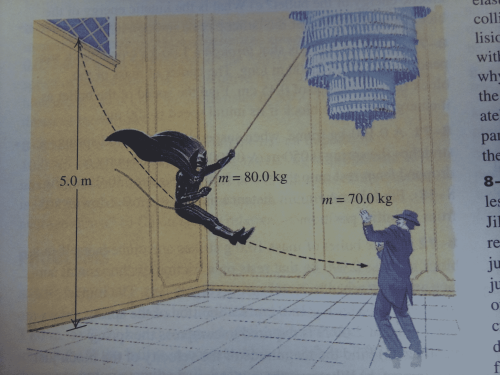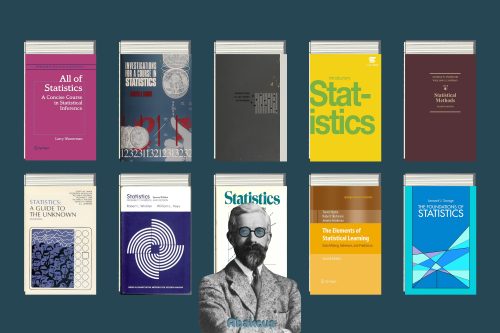From Fortran to arXiv.org, these advances in programming and platforms sent biology, climate science and physics into warp speed.
In 2019, the Event Horizon Telescope team gave the world the first glimpse of what a black hole actually looks like. But the image of a glowing, ring-shaped object that the group unveiled wasn’t a conventional photograph. It was computed — a mathematical transformation of data captured by radio telescopes in the United States, Mexico, Chile, Spain and the South Pole1. The team released the programming code it used to accomplish that feat alongside the articles that documented its findings, so the scientific community could see — and build on — what it had done.
It’s an increasingly common pattern. From astronomy to zoology, behind every great scientific finding of the modern age, there is a computer. Michael Levitt, a computational biologist at Stanford University in California who won a share of the 2013 Nobel Prize in Chemistry for his work on computational strategies for modelling chemical structure, notes that today’s laptops have about 10,000 times the memory and clock speed that his lab-built computer had in 1967, when he began his prizewinning work. “We really do have quite phenomenal amounts of computing at our hands today,” he says. “Trouble is, it still requires thinking.”
Enter the scientist-coder. A powerful computer is useless without software capable of tackling research questions — and researchers who know how to write it and use it. “Research is now fundamentally connected to software,” says Neil Chue Hong, director of the Software Sustainability Institute, headquartered in Edinburgh, UK, an organization dedicated to improving the development and use of software in science. “It permeates every aspect of the conduct of research.”
Scientific discoveries rightly get top billing in the media. But Nature this week looks behind the scenes, at the key pieces of code that have transformed research over the past few decades.
Although no list like this can be definitive, we polled dozens of researchers over the past year to develop a diverse line-up of ten software tools that have had a big impact on the world of science.
Language pioneer: the Fortran compiler (1957)
The first modern computers weren’t user-friendly. Programming was literally done by hand, by connecting banks of circuits with wires. Subsequent machine and assembly languages allowed users to program computers in code, but both still required an intimate knowledge of the computer’s architecture, putting the languages out of reach of many scientists.
That changed in the 1950s with the development of symbolic languages — in particular the ‘formula translation’ language Fortran, developed by John Backus and his team at IBM in San Jose, California. Using Fortran, users could program computers using human-readable instructions, such as x = 3 + 5. A compiler then turned such directions into fast, efficient machine code.

It still wasn’t easy: in the early days, programmers used punch cards to input code, and a complex simulation might require tens of thousands of them. Still, says Syukuro Manabe, a climatologist at Princeton University in New Jersey, Fortran made programming accessible to researchers who weren’t computer scientists. “For the first time, we were able to program [the computer] by ourselves,” Manabe says. He and his colleagues used the language to develop one of the first successful climate models.














